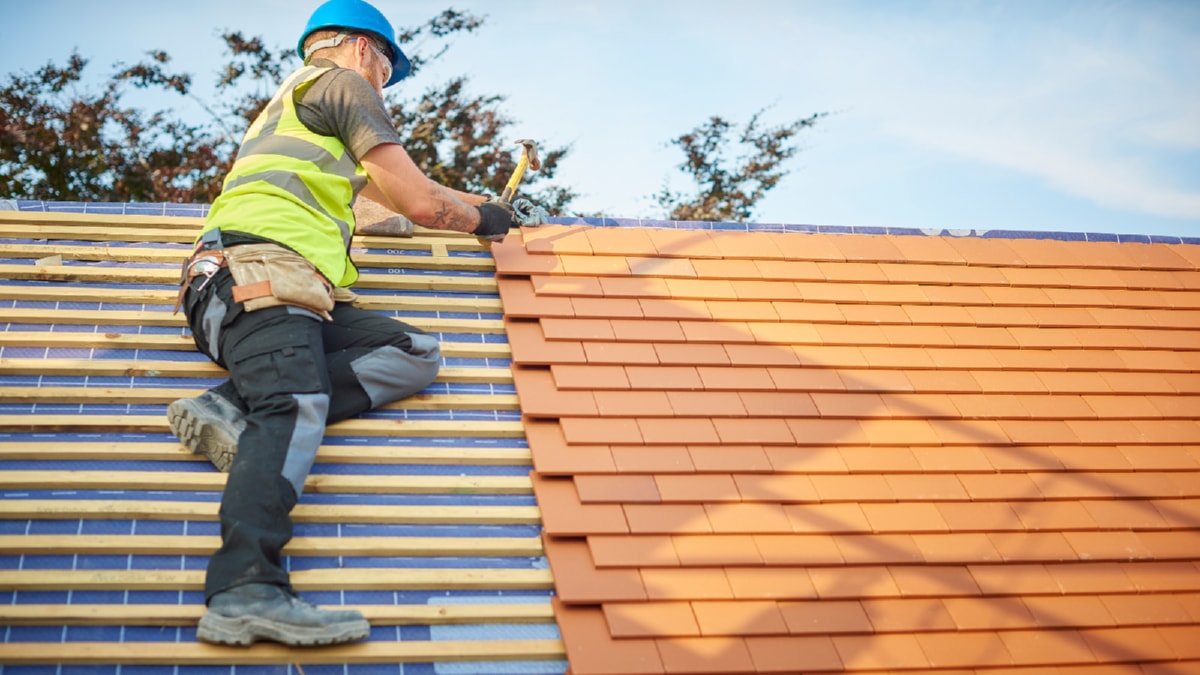The modern construction industry is witnessing a paradigm shift with the rise of green building trends. Green building, also known as sustainable or high-performance building, refers to the practice of creating structures and using processes that are environmentally responsible and resource-efficient. The growing interest in green building trends is not only transforming construction practices but also reshaping the built environment.
The most significant impact of green building trends is on environmental sustainability. These trends focus on reducing buildings’ carbon footprint by using energy-efficient materials and systems. For instance, there is an increasing preference for renewable construction materials like bamboo, recycled steel, and composite timber. These materials are not only durable but also considerably reduce the environmental impact associated with traditional construction materials.
Moreover, many modern buildings are being designed with energy-efficient systems like solar panels, green roofs, and rainwater harvesting systems. These systems not only minimize the use of non-renewable resources but also reduce the operational cost of buildings.
Another profound impact of green building trends is on human health and well-being. Green buildings incorporate a range of strategies that improve indoor environmental quality such as using low-VOC materials, ensuring natural ventilation, and maximizing daylight. Studies have shown that people living or working in green buildings have lower instances of respiratory diseases, allergies, and stress-related illnesses. This not only improves the quality of life but also boosts productivity.
The green building trend is also transforming the economic landscape of the construction industry. While the initial cost of green buildings might be higher than traditional buildings, the operational savings in energy and water, combined with lower maintenance costs, provide a significant return on investment in the long run. Furthermore, green buildings have higher market value and tend to have higher occupancy rates, making them a profitable investment for property developers and investors.
In addition to the environmental, health, and economic benefits, green building trends are also paving the way for innovation in the construction industry. This trend is driving advancements in construction technologies, materials, and practices. For instance, prefabrication and modular construction, which minimize waste and increase efficiency, are gaining popularity in green construction. Similarly, digital technologies like Building Information Modeling (BIM) and green building certification systems like LEED and BREEAM are playing a crucial role in designing and evaluating green buildings.
The rise of green building trends also signifies a shift in societal values towards sustainability and responsible living. Today, more and more people prefer to live and work in spaces that are not just comfortable and aesthetic, but also sustainable and responsible. This changing consumer preference is driving the demand for green buildings and prompting construction companies to adopt sustainable practices.
In conclusion, the impact of green building trends in modern construction is far-reaching and transformative. These trends are not only making construction processes more sustainable and efficient but also improving the quality of our built environment. As the world grapples with environmental challenges and resource scarcity, the importance of green building trends in shaping a sustainable and resilient future can’t be overstated.
For more details, check best interlocking services Toronto or visit their business listing here.



